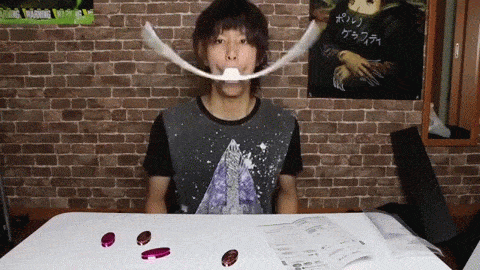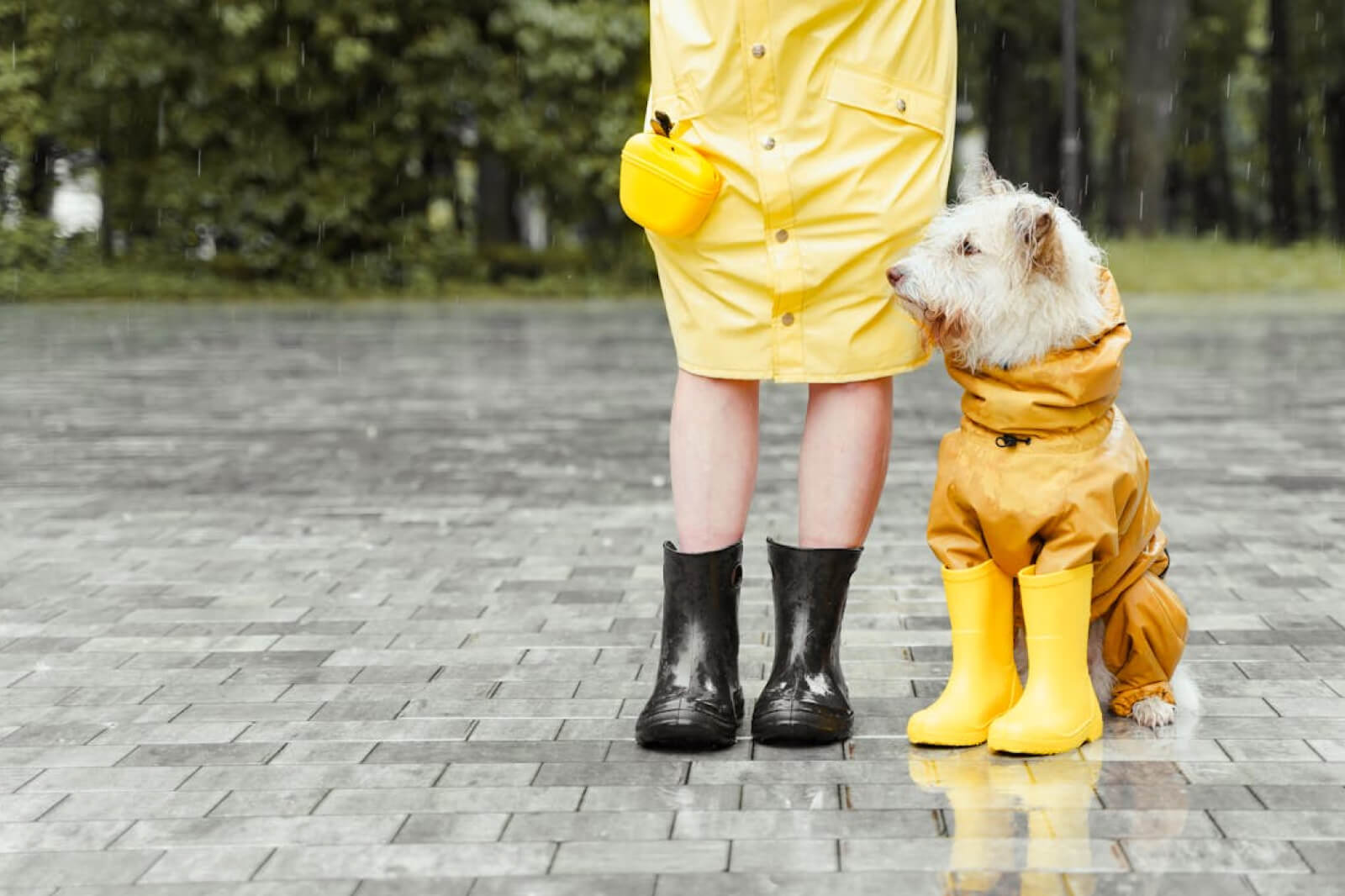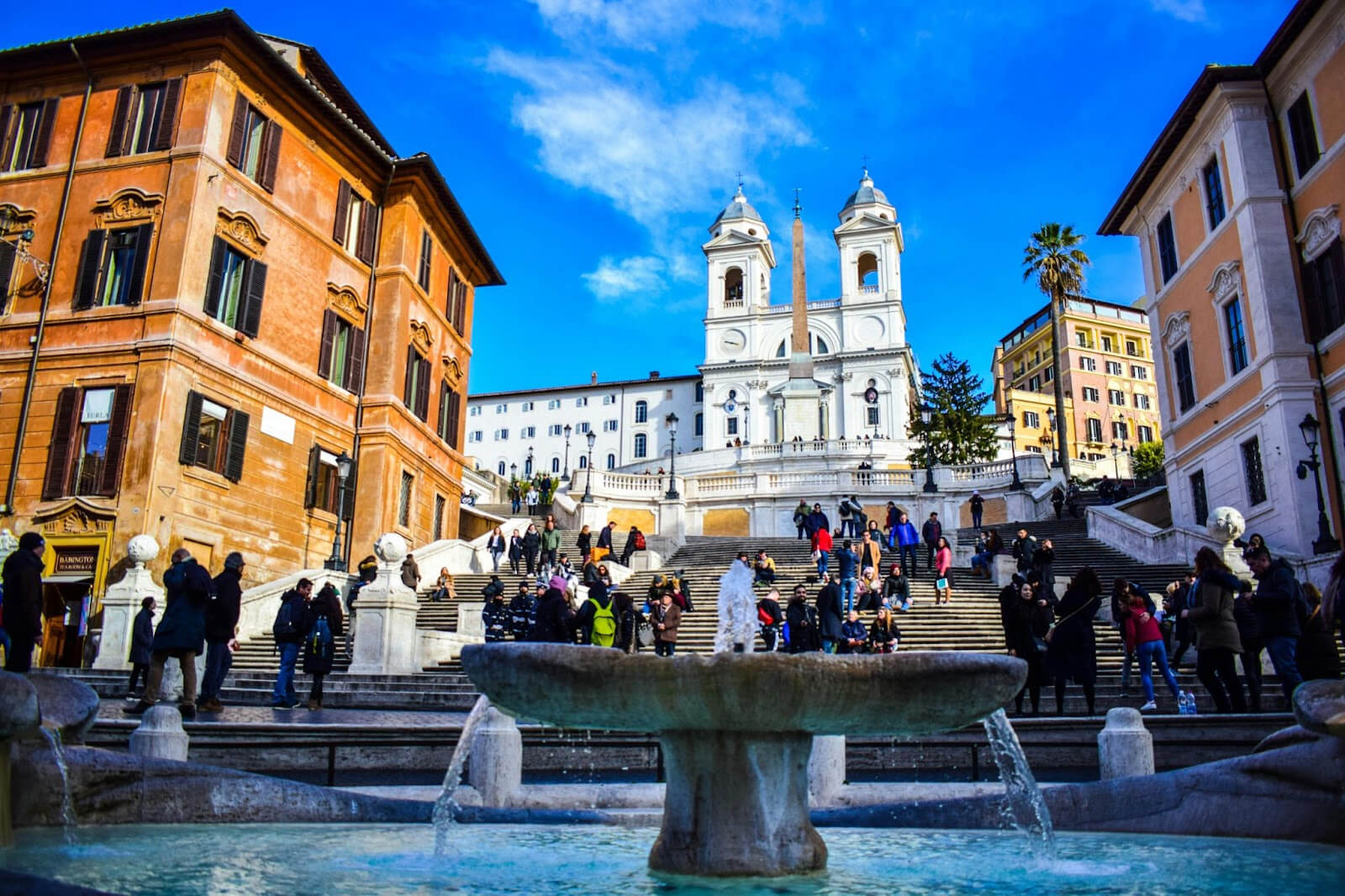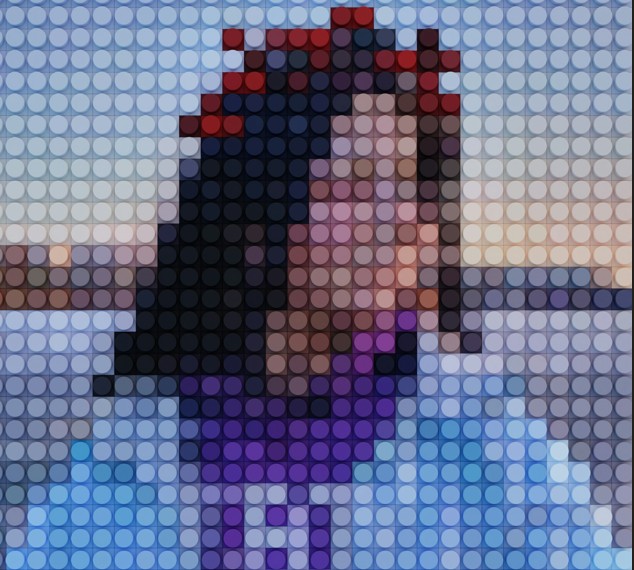
Strange Beauty Rituals from Around the World
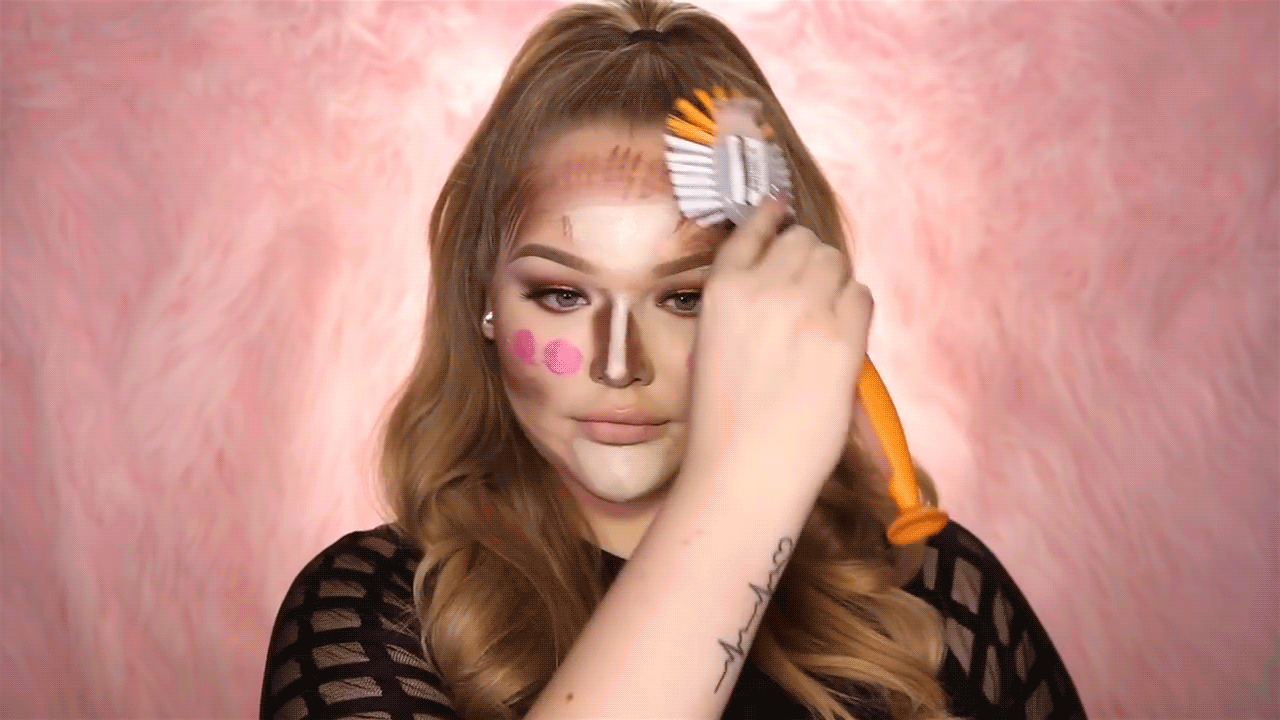
Giphy

The world’s truly universal languages are music, laughter, and feeling dissatisfied with how you look. Consequently, strange beauty rituals have existed in every culture throughout history, from consuming arsenic in 19th-century Europe in order to “produce a blooming complexion, a brilliant eye, and an appearance of embonpoint [sexy stoutness]” to applying radioactive French face cream in the 1930s for “cellular vitality.”
Clearly, beauty is pain and sometimes danger. These are just six of the strangest modern beauty practices from around the world.
Japan – Weird Beauty Products
Japanese beauty standards place premiums on large eyes and slim faces, resulting in a booming industry of strange products that promise to re-mold your face. If you’re unhappy with your chubby cheeks, you can purchase the Facial Fitness Pao for about $140 US, or you can narrow your chin with the Face Slimmer Exercise mouthpiece, said to “reduce signs of aging by giving sagging facial skin and muscles a much-needed lift.” The latter is made by Japan Trend Shop, a private web retailer that offers a range of weird lifestyle products, all promising to enhance your beauty without a face-lift.
These quick fix-it solutions are unlikely to work, but the hope keeps business thriving. Overnight Slimming Socks probably won’t tone your legs while you’re sleeping, but it feels like self-care to try.
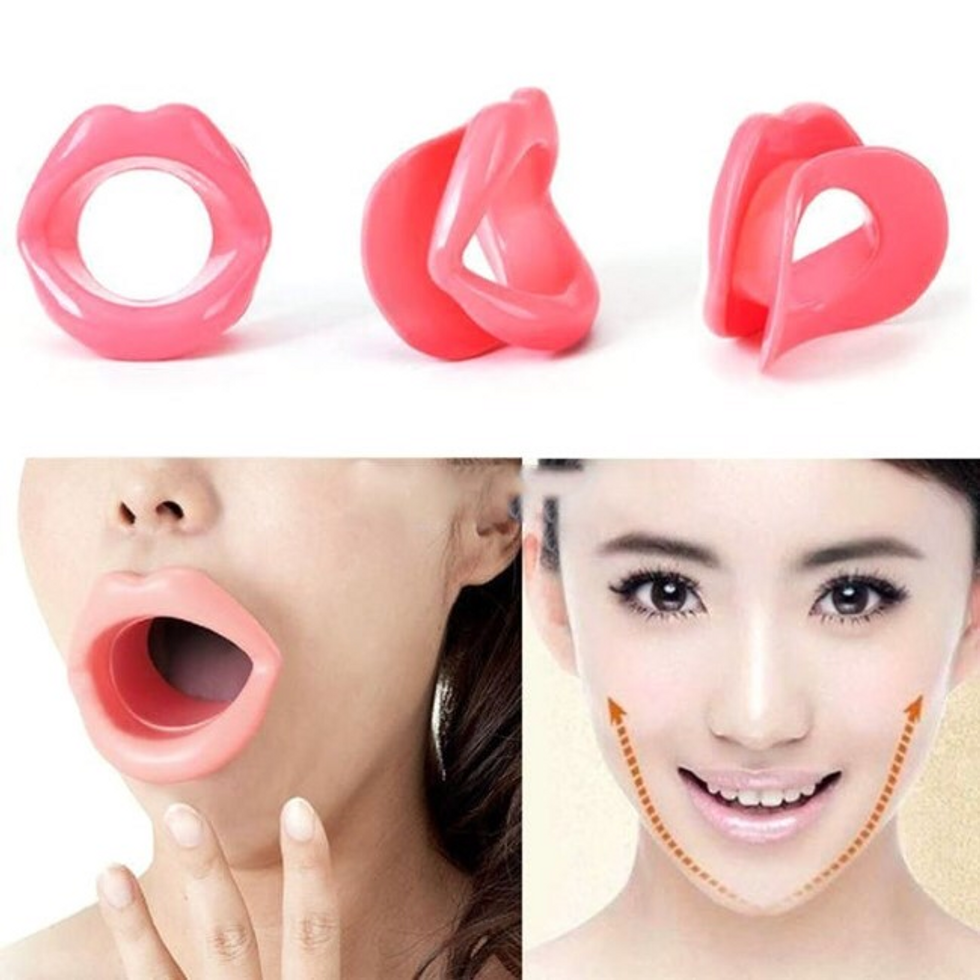
India – Cover Your Face in Turmeric
Tumeric was used as an ingredient in Indian beauty treatments for years before it began to catch on in the West. The spice is thought to have anti-inflammatory, antiseptic, anti-aging, and antioxidant properties. Applying the spice to your face is thought to reduce dark undereye circles, reduce stretch marks, fade scars, eliminate dandruff, fight aging, treat acne, and even whiten teeth. Depending on its intended effect, it’s applied in a paste made from water, coconut oil, baking soda, or olive oil and left on as a mask.
Who shouldn’t try it? If you have very sensitive skin, you could dry out your pores and prompt your skin to overproduce oils, causing acne. More generally, the bright gold pigment is also known to stain the skin.
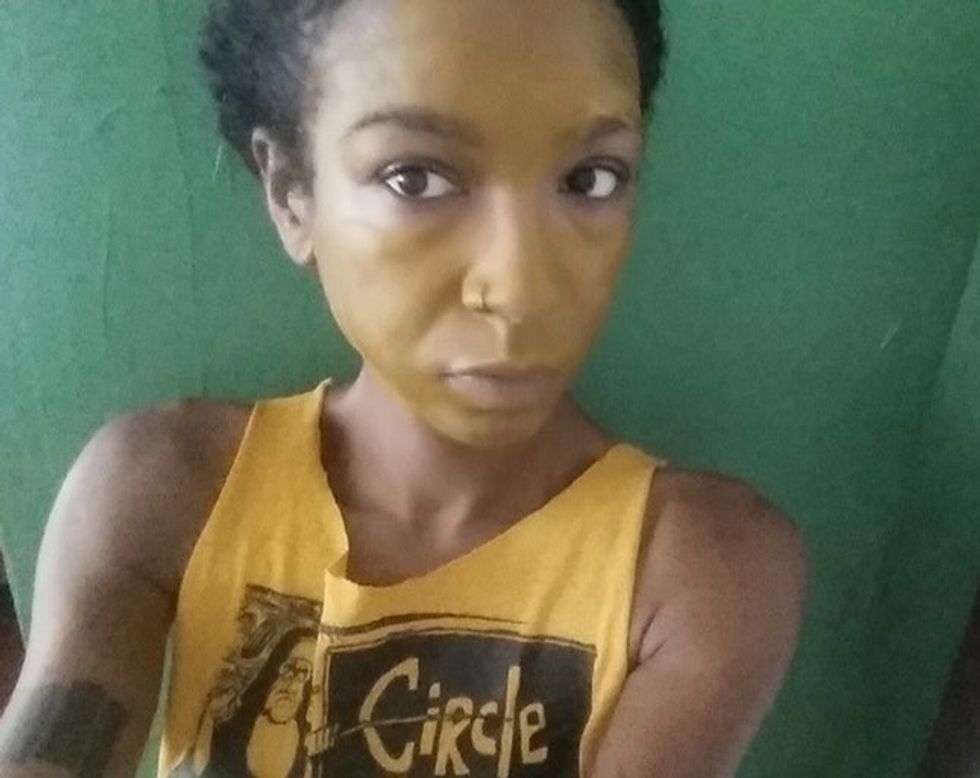
Egypt – Milk and Honey
The tale of Cleopatra bathing in milk and honey to preserve her iconic beauty is mostly true. She’d allegedly add lavender oil or rose petals to the donkey milk. The lactic acid in milk has exfoliating powers, honey is naturally antibacterial and an antioxidant: two properties the skin care industry loves to advertise.
The downsides? That’s a lot of milk. Also, honey is expensive.
Korea – Face Tape
Puffy under eyes are a positive attribute to some Koreans who believe that “aegyo sal,” translated as “eye smiles” or “cute skin,” make someone look more youthful. A special face tape is even available to place under the eye and make the skin “pop out.” Accentuating the fatty deposits beneath the eyes with facial tape is a cheaper, faster alternative to getting fillers injected or fat grafts. It’s still incredibly bizarre.
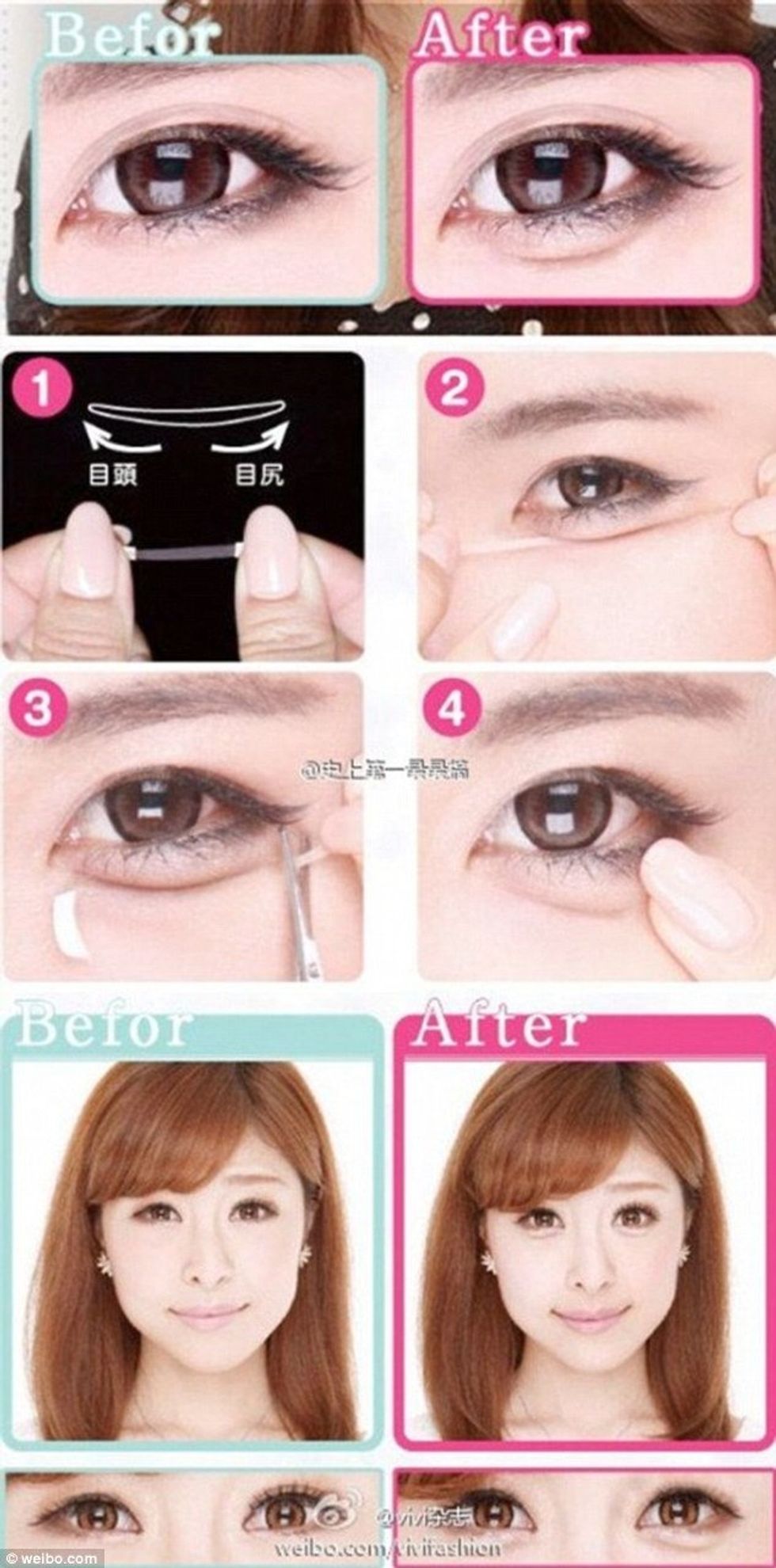
Greece: Olive Oil
In Ancient Greece, extra virgin olive oil was thought to be the ultimate natural moisturizer. Today, it’s still widely used for its antioxidant and antibacterial properties, as well as its fat-soluble vitamins A, D, E, and K. Some use it as an overnight face mask to penetrate the outer layers of skin, while others apply it as a daily moisturizer (on damp skin to reduce the greasy texture). Mixing olive oil with sea salt can also create an exfoliating scrub that’s said to moisturize the newly revealed layers of skin.
Or so they say. Some studies point out that olive oil is too heavy for some skin types, and it can clog pores and trap bacteria within the skin. Additionally, low-quality oils can contain additives or chemicals that irritate or even damage sensitive skin. The general rule is to perform a patch test on a small area of skin to test for a reaction.
China – Rice Water
The starchy water leftover from cooking rice is thought to help hair grow. Rice grains are 75 to 80 percent starch, after all, and the remaining water they’re cooked in contains amino acids, B vitamins, vitamin E, minerals, and antioxidants. Women in China rinse their hair with rice water to detangle knots, increase shine, and strengthen it.
Scientifically speaking, studies attempting to prove these effects have been inconclusive, but there are no risks to this odd beauty hack, and at least rice water is free.
